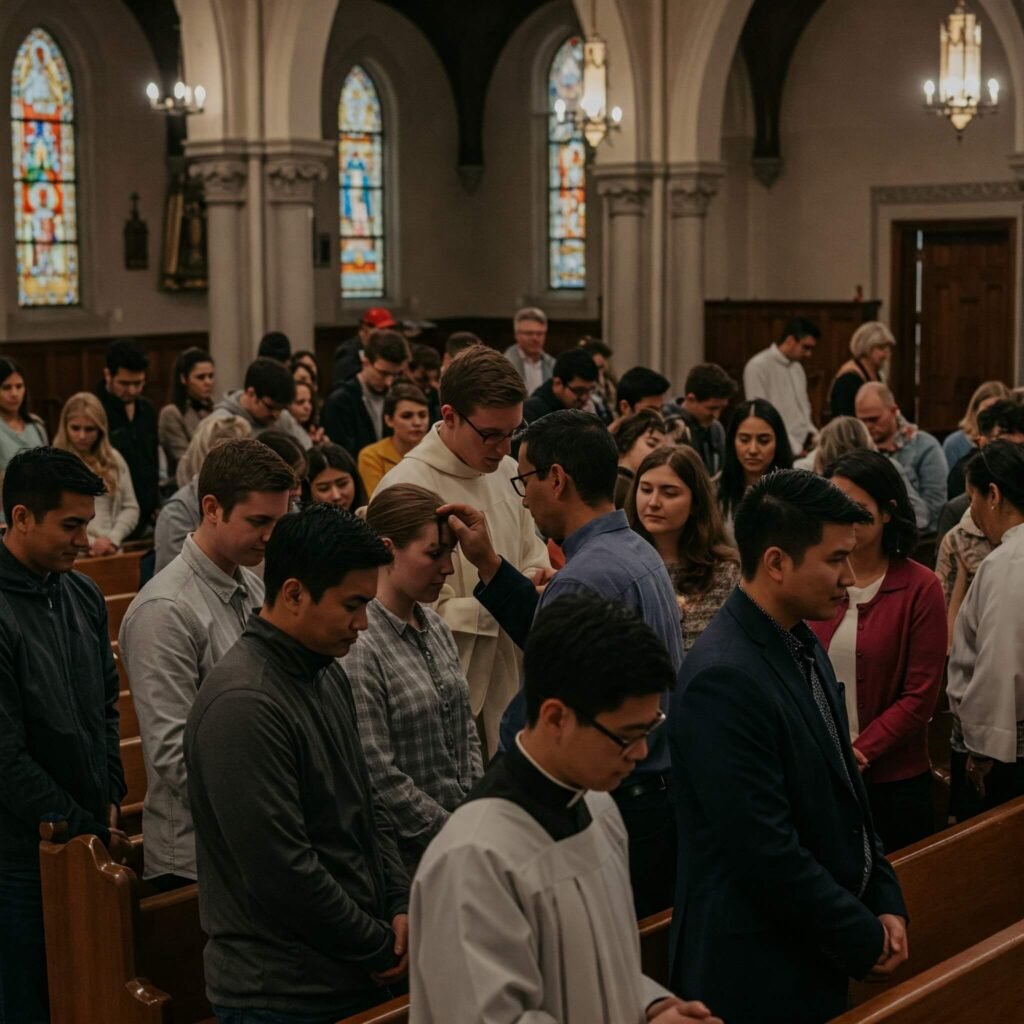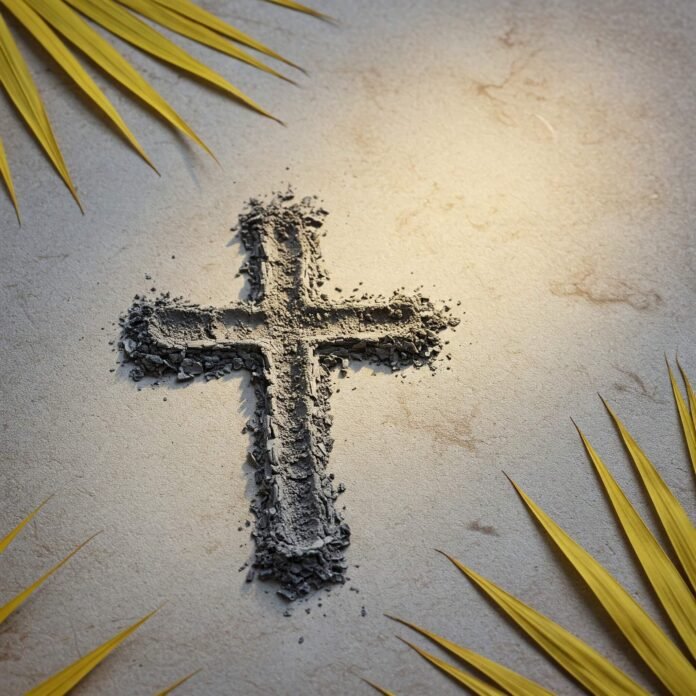Ash Wednesday marks the start of Lent, a 40-day period of reflection, repentance, and preparation for Easter in Christian traditions. Observed by millions worldwide, it’s a day steeped in spiritual significance, where ashes are placed on foreheads as a reminder of mortality and the call to renew one’s faith. Whether you’re new to the concept or seeking a deeper understanding, this guide explores the history, meaning, and modern observance of Ash Wednesday, offering insights into its enduring relevance.

The History of Ash Wednesday
Origins in Early Christianity
Ash Wednesday traces its roots to early Christian practices of penance and repentance. The use of ashes as a symbol of mourning and humility appears in the Old Testament, such as in Job 42:6, where Job repents “in dust and ashes.” By the 6th century, the church formalized the practice, incorporating ashes into the liturgical calendar to mark the beginning of Lent.
Evolution Over Time
By the 11th century, It became a universal observance in the Western Church. The ashes, typically made from burned palm fronds from the previous year’s Palm Sunday, were blessed and applied in the shape of a cross. Today, it remains a cornerstone of the Lenten season, observed by Catholics, Anglicans, Lutherans, and other denominations.
- Key Historical Milestones:
- 6th century: Ashes used in penitential rites.
- 1091: Pope Urban II formalizes Ash Wednesday practices.
- Modern era: Ecumenical adoption across Christian denominations.
The Spiritual Meaning of Ash Wednesday
A Symbol of Mortality and Repentance
The ashes placed on the forehead, often accompanied by the words “Remember you are dust, and to dust you shall return” (Genesis 3:19), serve as a stark reminder of human mortality. This practice encourages believers to reflect on their lives, seek forgiveness, and recommit to spiritual growth.
The Start of the Lenten Journey
Ash Wednesday sets the tone for Lent, a season of fasting, prayer, and almsgiving. It’s a time to “reset” spiritually, focusing on self-discipline and drawing closer to God. For many, it’s an opportunity to let go of distractions and embrace simplicity.
- Core Themes of Ash Wednesday:
- Repentance: Acknowledging shortcomings and seeking forgiveness.
- Humility: Embracing mortality and dependence on God.
- Renewal: Preparing for Easter through spiritual discipline.

How Is Ash Wednesday Observed Today?
Traditional Practices
Modern observance of Ash Wednesday varies by denomination but typically includes:
- Ash Ceremony: Attending a church service where ashes are applied to the forehead.
- Fasting: Many Christians fast or abstain from certain foods, following guidelines like those outlined by the Catholic Church (e.g., one full meal for adults under 60).
- Prayer and Reflection: Setting intentions for Lent, such as giving up a habit or adopting a new spiritual practice.
Modern Adaptations
In today’s fast-paced world, It has evolved to meet contemporary needs. Some churches offer “ashes to go,” providing drive-through or street-side ash applications for busy individuals. Virtual services have also gained popularity, especially post-pandemic, allowing global participation.
- Examples of Modern Observance:
- Urban churches offering ashes at train stations or parks.
- Online Lenten devotionals and prayer apps, like Hallow.
- Community service initiatives tied to Lenten almsgiving.
Why Ash Wednesday Matters in 2025
A Countercultural Call to Pause
In a world dominated by instant gratification, Ash Wednesday offers a rare invitation to slow down and reflect. The act of receiving ashes is a public declaration of faith and humility, challenging societal norms of self-reliance. In 2025, with global challenges like climate change and social division, the call to repentance and renewal feels more urgent than ever.
Practical Takeaways for Observance
- Set a Lenten Goal: Choose one habit to give up (e.g., social media) and one to adopt (e.g., daily prayer).
- Attend a Service: Find a local or virtual Ash Wednesday service to experience the ash ceremony.
- Engage with Community: Join a Lenten study group or volunteer for a cause you care about.

Conclusion: Embracing Ash Wednesday’s Timeless Message
Ash Wednesday is more than a religious ritual; it’s a universal call to pause, reflect, and realign with what matters most. Its history reminds us of our shared humanity, its meaning inspires personal growth, and its modern observance bridges tradition with contemporary life. As you approach Ash Wednesday in 2025, consider how its message of repentance and renewal can shape your own journey.
































